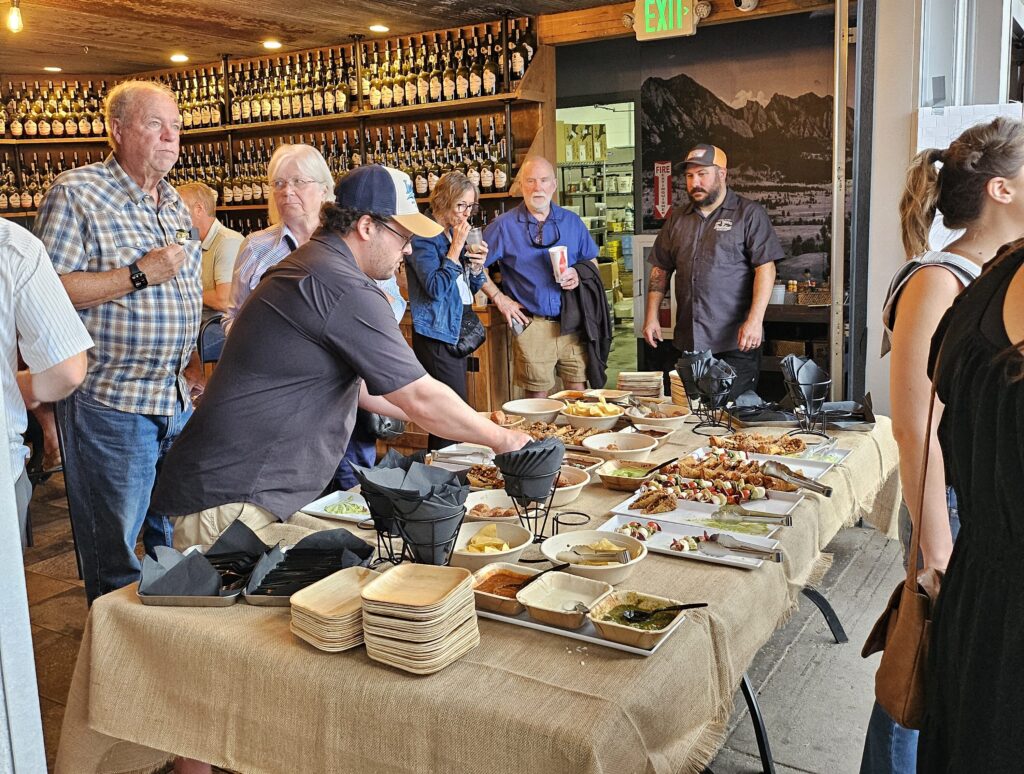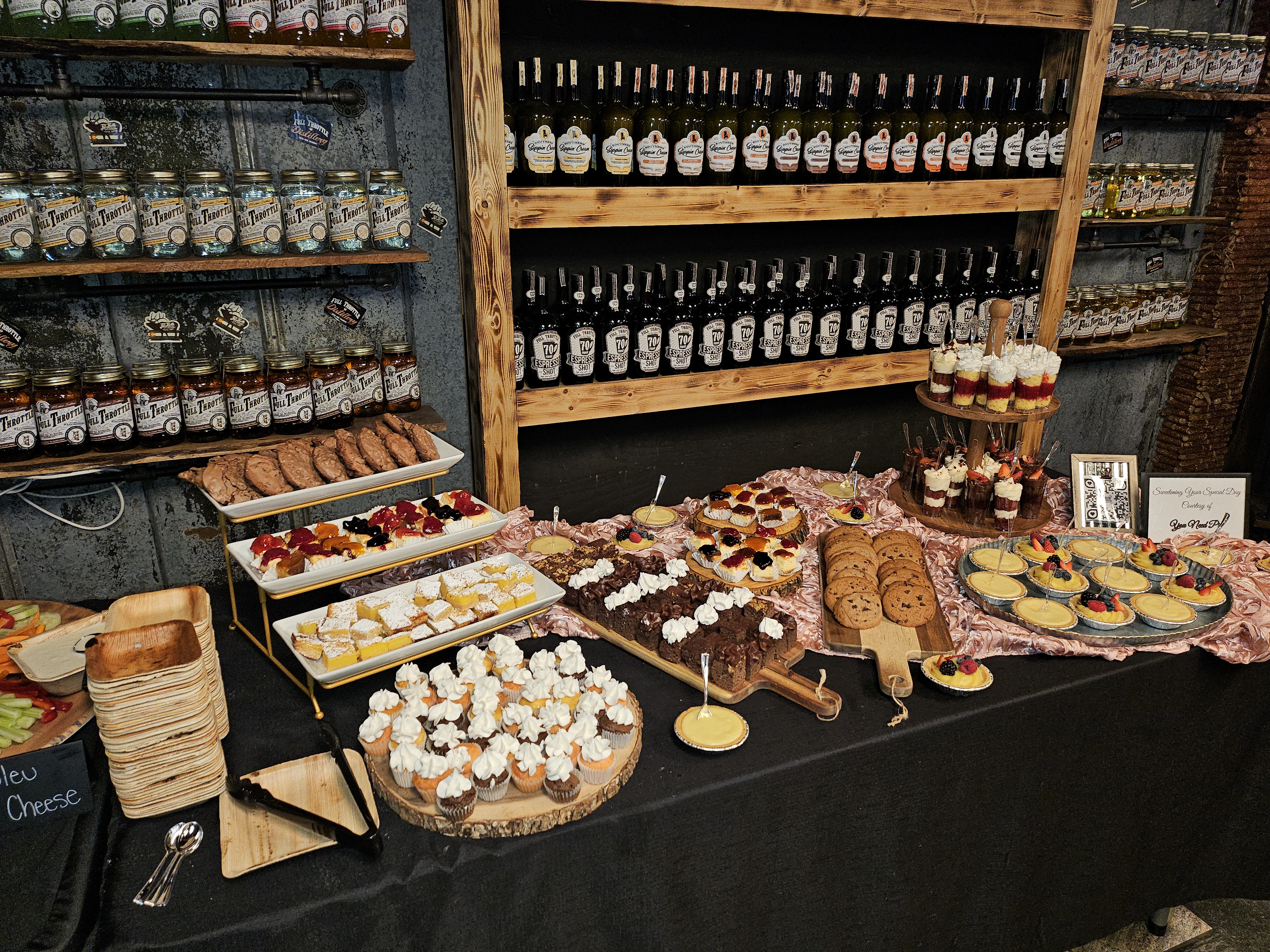All stuffed after an amazing meal at Full Throttle Distillery Smoke House & Grill, and need to save the rest for later? The last thing you want is for your food to go to waste. This article will show you how to properly store and care for your to-go box so your meal gets home safely and stays delicious.

A few simple rules can protect your leftovers from common problems that degrade flavor and texture. Just follow these key tips:
#1: Keep Them Safe
- Temperature: Food left out too long at room temperature can spoil quickly.
- Solution: Get your leftovers into the refrigerator as soon as you get home. The “danger zone” for food is between 40°F and 140°F, where bacteria can multiply rapidly.
- Air: Exposure to air can dry out food, making it lose flavor and texture.
- Solution: Use airtight containers to store your leftovers. If you don’t have enough, use resealable bags or wrap things tightly with plastic wrap or aluminum foil to keep the air out.
- Cross-Contamination: Storing different types of food together can transfer flavors and odors, and in some cases, bacteria.
- Solution: Use separate containers for different dishes. Keep meats and dairy separate from vegetables and breads. This simple step protects the integrity of each item.
#2: How Long Do Your Leftovers Last?
This is a question everyone has. Here’s a general rule for common leftovers, assuming they were stored correctly:
- Cooked Meats (BBQ, Pulled Pork): 3-4 days in the refrigerator.
- Ready-to-eat items (Appetizers, Dips): 3-4 days in the refrigerator.
- Breads & Baked Goods: 5-7 days in the refrigerator.
Ready for Your Next Meal?
The best way to get a memorable meal is to stop by our one-of-a-kind venue. You can then use these tips to make those leftovers last.
Come visit our unique atmosphere, and take a piece of the spirit with you.
In case you have questions about Full Throttle Distillery Smoke House & Grill, please get in touch with our team by clicking here.
FAQs About Storing Leftovers
- Do I need to chill leftovers before putting them in a container?
No, you do not need to let food cool completely before storing it. In fact, it’s safer to put leftovers in the refrigerator while they are still warm to get them out of the “danger zone” as quickly as possible. Just make sure your container is not too hot to handle.
- Can I freeze all types of food from my meal?
Most cooked foods freeze well, but some items do not. For example, foods with mayonnaise-based sauces, lettuce, or crunchy vegetables might have a poor texture after being frozen and thawed. Cooked meats, baked goods, and sauces are usually great candidates for freezing.
- What is the best type of container for storing leftovers?
Airtight, resealable containers made of glass or plastic are best because they keep air out and prevent other smells from getting in. You can also use heavy-duty freezer bags for sauces or smaller portions, as they save space.
- Is it safe to reheat leftovers more than once?
It’s generally safest to reheat leftovers only once. When you reheat food, you should heat it to a temperature of 165°F to kill any bacteria. Repeated reheating can degrade the quality of the food and increase the risk of bacterial growth if not done properly each time.
- What is the best way to reheat different types of leftovers?
Cooked meats like pulled pork or brisket can be reheated in the oven on a low setting with a little liquid to keep them moist. Casseroles or baked goods can be reheated in the oven or microwave. Microwaving is the fastest method, but it can sometimes make food rubbery, so check it often.

